
Logistics Solutions for Emergencies, Disasters, and More


Problem – Unreliability
- Just-in-Time is evolving to Just-in-Sequence (only hours of manufacturing components on hand)
- B-to-B commerce breaks down when supply chains are disrupted
- Fragile transportation networks (i.e., traffic, island chains, mountainous regions)
Affordable Utility
- No compromise vehicle, purpose-built for air cargo
- Autonomous waypoint-to-waypoint transport of freight
- Lowest cost option for mid-mile delivery
- Reduced congestion on surface roads
- Accelerated speed of business
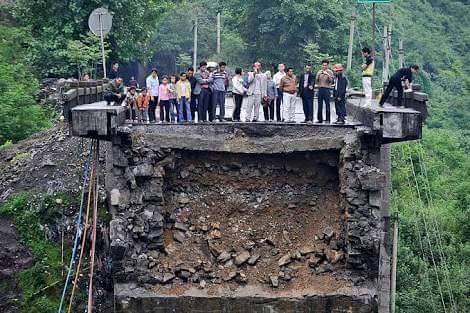

Problem – Infrastructure
- Natural and man-made disasters disrupt infrastructure (bridges, roads, airports, and rail)
- Truck deliveries are affected by available routes, speed limits, and weather conditions
- Communities are isolated, cut off from essential resources (power grid, medical care, clean water)
- Infrastructure is time-consuming and expensive to replace
Affordable Utility
- Remote power generation for hospitals, refugee camps, and businesses
- Up to 300 kW continuous available
- Ground zero, the most desperately impacted area, can now receive rapid and critical attention with autonomous flight delivery
- The uncertainty of infrastructure goes away (no runway, no electrical power, no problem)
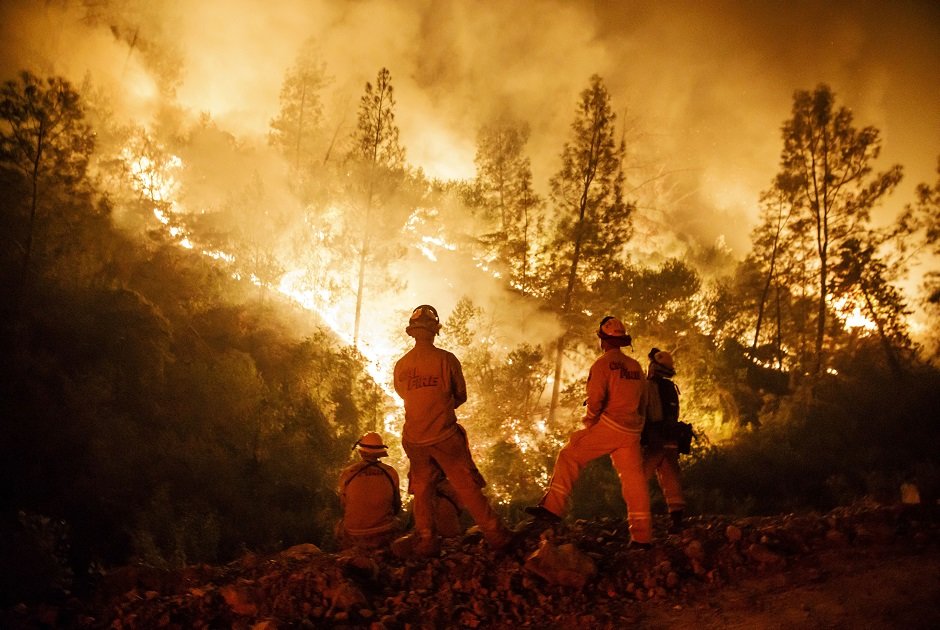

Problem – Wildfires
- Expensive specialized aircraft, with highly trained crews, lead to large platforms for economies of scale
- Manned aircraft require high-risk avoidance leading to higher altitudes and fewer flights
- Spikes in asset demand occur seasonally in everchanging locations
FLI Firefighting
- Thermal imaging to identify hot spots
- Unmanned terrain mapping and avoidance, allowing lower flights
- Ground crew directly controls assets
- Flight units can be easily transported to the site and quickly employed as needed
- An automated flight path and schedule can be established, and night watch becomes more likely to catch flare-ups

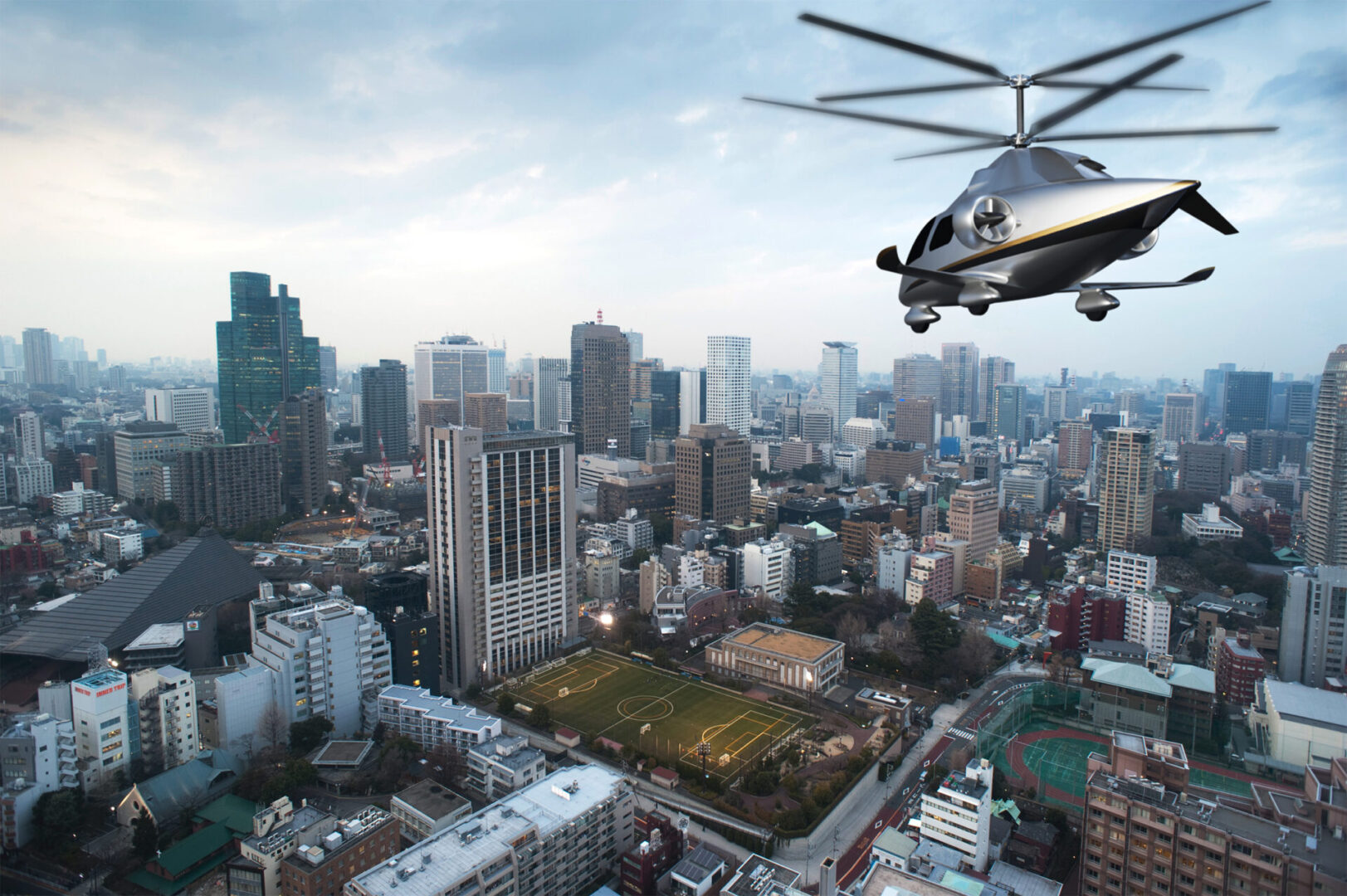
Problem – Gridlock
- Transportation networks are not keeping pace with the demand
- Loss of productivity on the rise
- Increasing pollution is stressing the environment
- Urbanization – by 2040, there will be 110 megacities, with 7 billion people who will live in urban areas
FLI Electric Rotorcraft (FLIER)
- Introduces the 3rd dimension to a traditionally 2D problem (flight)
- Electric, five-passenger, eVTOL air vehicle that flies above the congestion
- Designed to be affordable, safe, quiet, and environmentally responsible
- Leaving you time for the things you love the most
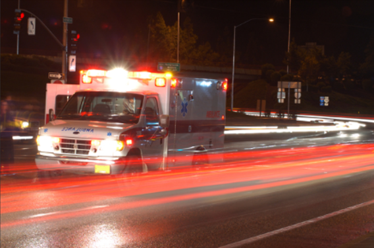
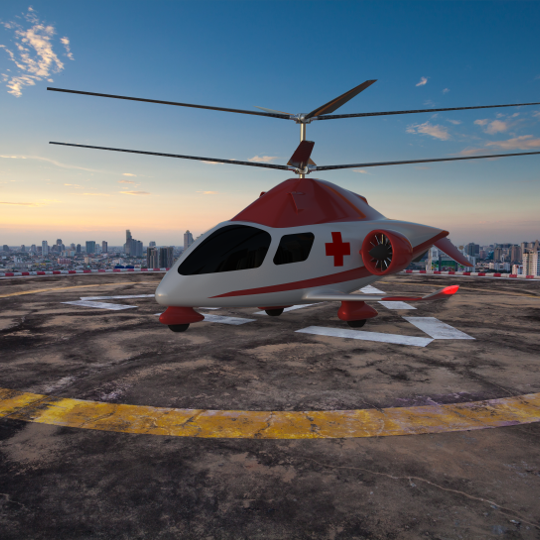
Problem – Limited Time
- Medical emergencies often occur in isolated locations
- Air medical transport is limited due to high cost and qualified personnel
- The “golden hour” is the most critical hour after an injury occurs that has the highest chance of saving a life
FLI Medevac
- Autonomy means help is sent as soon as the communication is received; the vehicle maintains a perpetual state of readiness
- Adverse weather, fog, smoke, and darkness have little impact on vehicle operations
- The low cost and ease of operations enable the vehicle to be forward deployed and distributed to remote locations
Experience
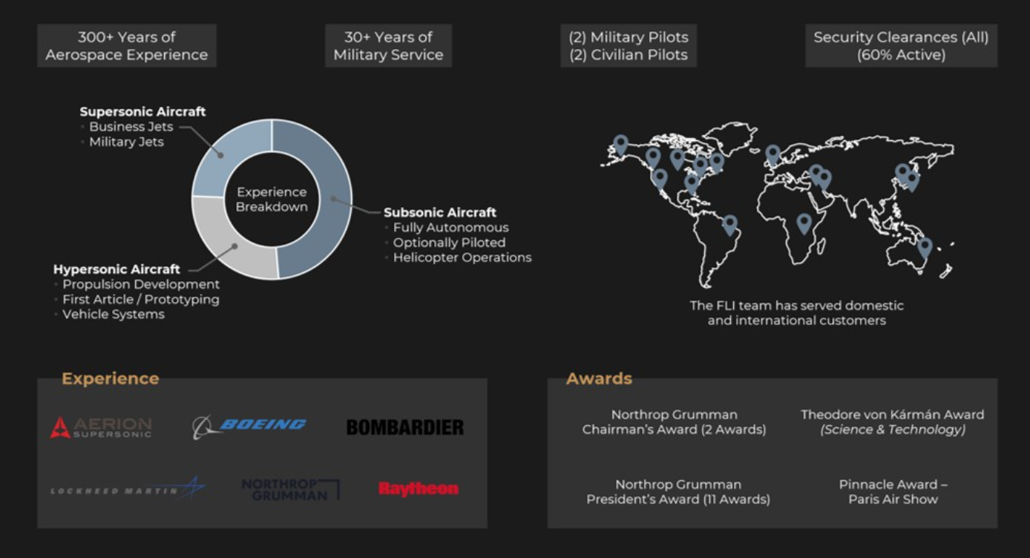
Bio's


Foundation
Stew brings 37 years of aerospace experience, in both the commercial and defense industries. Lead numerous design teams on the development of cutting-edge high-performance aeronautical vehicles: from supersonic to hypersonic, and now low speed VTOL aircraft. He was responsible for leading the development efforts as well as being the company division lead responsible for P&L. Stew has aviation experience in both domestic and international operations. He has a unique knowledge base within the aerospace industry, having worked in design, development, operations, and sustainment.
Experience
- Executive Vice President, Aerion Supersonic. Stew led the Strategic Systems Division, with responsibility for the defense business with a potential market value of $40+B.
- Director, Science & Technology Strategies and Development, Northrop Grumman Aerospace.
- Director, Rapid Product Development and Delivery, Northrop Grumman Technical Services, and served as the CTO.
- Managed a $400M business unit and facility that modified and remanufactured combat aircraft
- Twenty years of leadership as a United States Navy (F-14) Naval Aviator, where he acquired significant operational and combat experience
Notable Accomplishments
- Five-time winner of the Northrop Grumman President’s Award in 2 sectors under 3 Presidents
- Winner of the 2005 Theodore Von Karman Award, selected by NDIA for “The most outstanding contribution to national defense through the application of Science and Engineering”
- Flight International 2003 “Pinnacle of Achievement” award, presented at the Paris Air Show
Education
The Wharton School, University of Pennsylvania, Executive Development
United Stated Navy, Flight School, and many advanced military training and certification programs
Bachelor of Science in Physics, East Carolina University

Bissell Smith, CFO
- Former SVP,C10, CFO
- Former Director, Program Manager

Foundation
Bissell started his career in Financial Services working as a financial analyst and auditor for Sunbelt Savings, while earning his CFP, Series 7, and Series 63 license. He transitioned to A&D at ITV Aerospace during the S&L crisis and started a position in Engineering — Design Support. He was awarded a Scholarship (to pursue his MBA) while working on the B -1 Bomber, YA -7F, and A7 Sustainment programs. Following the Scholarship he become the Business Manager of the C -17 program around the same time Northrop Grumman had acquired Vought from LTV. Pursuant to that he was appointed the interim CFO of Grumman Olson & Allied Transportations until it was sold, and then was placed on the 747 program during the AFA issues to resolve $121m write down. He was moved to head up one of the largest programs at NG for Merging 5 aircraft divisions into the Sector and Standing up Financial Shared Services, for which he won the very 1st Chairman's Award. Shared services was so successful it became the integration mechanism for multiple acquisitions for nearly 5yrs forming 7 major sectors of NG. Subsequent to that he consolidate 3 procurement organizations. During this time he won his 2nd Chairman's Award for consolidating the company on SAP ERP and Shared Services. He led the analysis to business a Shared Services Sector for Finance, Procurement, HR, Flight Ops, Facilities, etc... He finished his 33 year career at NG as the director over Manufacturing, EMD Center, FAB -Lab, Manufacturing Technologies, NGID — PLM for AS Sector, and Mfg Operating Model (for new programs). Following retirement he took on a position at Dassian as the Sr VP over Sales and Consulting until he transitioned to Aerion Supersonic as the Sr VP CIO. Following the closure of Aerion he successfully stood up his own consulting company for Strategic Planning, Financial Service s and ERP until joining Freedom Lift Innovations as the CFO.
Experience
Aerion Supersonic, Start -up, CIO . Senior Executive
Dassian, Start-up, VP Sales / Consulting
Northrop Grumman, Financial Shared Services, ERP, Supply Chain Management, Manufacturing Ops/Tech Vought Aircraft Industries, Program Management, CFO Allied Transp/Olson
LTV, Military & Commercial Programs
Sunbelt Savings, Financial Analyst
Notable Accomplishments
2 — Northrop Grumman Chairman Awards (Shared Service Finance, and ERP)
Consolidation of TRW, Litton, Logicon , Grumman, Northrop, Newport News, Vought
Aerion ERP / PLM / Cyber Security
C-17 Financial Turn -around ( -3% to +14%) for FY88/89 contracts
747 Program Financial Turn-around after AFA & Offload
Standing up NG Shared Services
Education
Marquette University, University Texas Arlington, University of Dallas, University of Ca Irvine, SM U-Southern Methodist University, and Abraham Lincoln University/Law. BS, MBA, MA (Acct, Fin, Real Estate Finance, Labor Relations, Poly Sci, Treasury Operations, Computer Engr, Law)

Richard Harrison, CFO
- Former Northrop Grumman Fellow
- Former CTO, Aerion Defense

Foundation
Richard has over 40 years of design and development in the Aerospace field. He has worked with several Unmanned Aircraft Systems including the MQ-4C Triton and the NG Bat; numerous offensive missile systems including Minuteman and Peacekeeper ICBM’s; several defensive missile systems including the strategic GMD and KEI Boost-Phase Interceptors and the tactical CRAM systems; and hypersonic scramjet and boost-glide vehicles. He designed and developed a thermal imaging system to detect subcutaneous cancerous growths, incorporating infrared sensors to detect localized temporal gradients. He developed a small launch vehicle system using TRW’s pintle rockets engines (precursors to the SpaceX Merlin engines), and showed a viable path for responsive and affordable payloads to Low Earth Orbits. He developed a Particle Swarm Optimizer to determine feasible and optimal trajectories for both orbital launch vehicles and hypersonic glide vehicles. Richard became the NG Fellow for Hypersonics while at Northrop Grumman Aerospace Systems, and led a technical design and development team to build and field a subscale hypersonic boost-glide flight test vehicle. He enjoys the fusion of competing ideas to create systems of systems that solve hard problems. His greatest interest is to “Reverse Engineer the Future”.
Experience
- CTO for the Strategic Systems Division, Aerion Supersonic,
- NG Fellow for Hypersonics, Northrop Grumman Aerospace Systems
- Senior Engineering Specialist, Northrop Grumman Technical Services
- Principal Engineer, TRW
Notable Accomplishments
- US Patent 5,999,842 “Functional Thermal Imaging Apparatus”
- US Patent 10,254,094 “Aircraft Shroud System”
- President’s Award for Innovation, Northrop Grumman Aerospace Systems
- Winner for Best Paper, 2002 TRW Technology Review Journal, “A Modeling and Simulation Approach for Reentry Vehicle Aeroshell Structural Assessment”
- Eagle Scout
Education
- Master of Engineering, University of California at Davis
- Bachelor of Science, University of California at Davis

Chris Duffey, VP Engineering
- Former VP, Aerion Supersonic
- Former Engineering Director, Northrop Grumman

Foundation
Chris has over 30 years in air vehicle design, development, and management. He has been the chief systems architect on numerous unmanned air vehicle systems, while providing oversight and direction on platform systems including hardware and software.
Experience
- Strike Program Chief Systems Architect and Deputy Chief Engineer for System Test in the Northrop Grumman Strike business area.
- Chief Engineer for the Global Hawk Sensor Re-Host Project
- Firebird Mission Systems Technical Lead and Systems Architect
- Chief Engineer for the Small Surveillance Aircraft (SSA) IPT
- e Advanced Design Group Lead, Northrop Grumman, Melbourne, FL
- Engineering Manager and Technical Lead for the Airborne LIDAR Demonstration System (ALDS)
Notable Accomplishments
- Patent EP 1701133 A2, 2009, Geographic information storage, transmission and display system
- Patent EP 1701134 A2 ,2009, Geographic image storage, transmission and display system
- Patent EP 1717600 B1, 2007, Joint STARS Embedded Data Link
- Software designs published in the book “Internet Applications in LabVIEW” by Jeffrey Travis , 2000
- C and Ku Band Two-Way Satellite Time Transfer Comparison Experiment, 29th Annual PTTI Meeting, 1997
- GPS Moving Vehicle Experiment ,27th Annual PTTI Meeting, 1995
- PTTI Systems on the Eastern Test Range, 21th Annual PTTI Meeting, 1989
Education
- Masters of Science in Systems Engineering, Florida Institute of Technology
- Bachelors of Science in Electrical Engineering, University of Central Florida
Contact
Contact form
"*" indicates required fields



